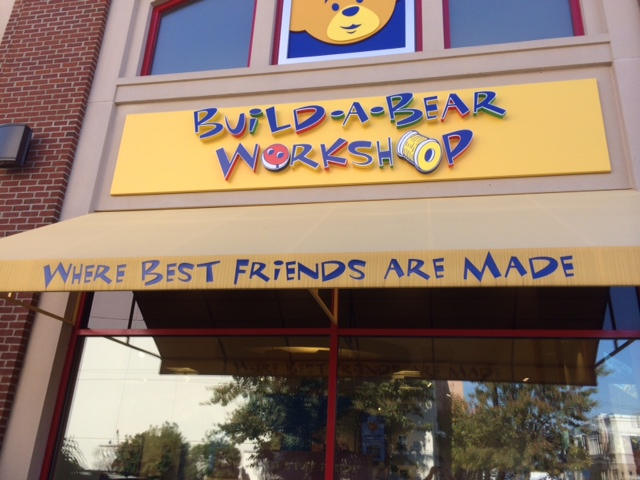One of the things about coaching that I love the most is getting to work with young talents. Since there’s virtually no meaningful training anymore, it’s great to have a chance to head them off at the pass before they turn into faceless, shouting, liner-reading robots, and help them find ways to sound truly unique.
To a degree, it’s a “throwback” thing from radio’s past, but that’s like saying that a radio station’s iPhone app is a throwback to the transistor radios that people had 50 years ago. It’s the same, but totally different.
Recently, in a session recap, I wrote this to a promising young talent:
Real people just talk. They get excited, they get intimate, they get loud, they get quiet—but they don’t have that pukey “shouting-at-the-listener” delivery that everyone goes into when you ask them to do an impression of a deejay.
One thing that’ll really help you get your arms around this is to not try and cram too many words into a song intro. MATCH the tempo and the mood of the song. If it’s 100 beats a minute, you should start at that speed. If it’s faster, start faster. If it’s slower, start slower. But don’t go 300 miles an hour over a medium or slow song, because that makes you sound like you aren’t even listening to the song. In effect, it sends the message that the music we play is just a series of music beds for you to talk over—the opposite of seamlessly fitting into and being part OF the song as you talk.
You want to “ride” the song like a surfer riding a wave.
Surf’s up, Dudes. Let’s go have some fun!







